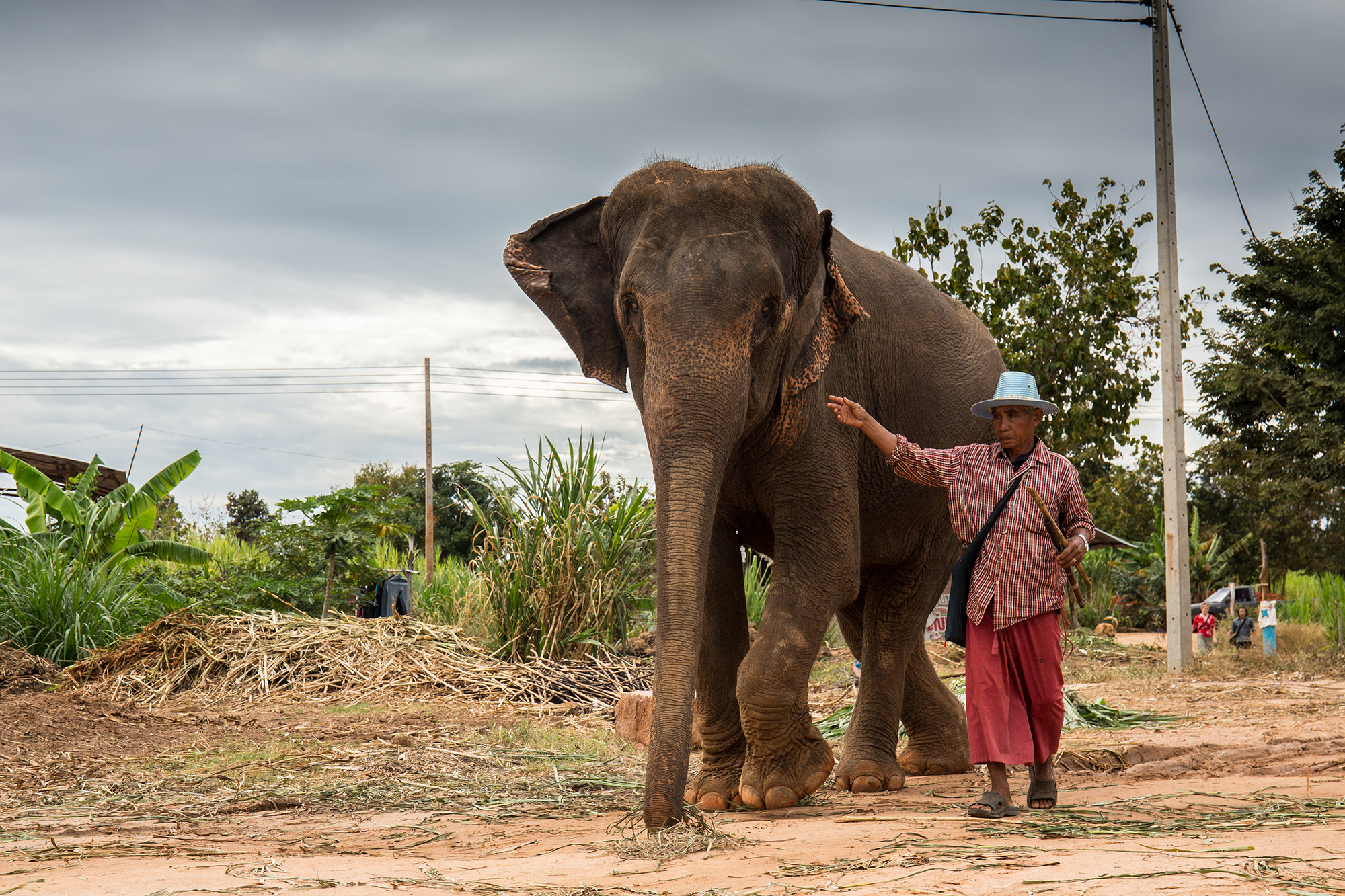Elephants have always fascinated me. With their magnificent, floppy ears, long trunks and deep dark eyes. I dreamed of encountering these gentle giants since childhood.
However, as a wildlife photographer and conservationist, I also knew that I had an important responsibility besides portraying these beautiful creatures with my camera. I wanted to tell their story. To illustrate the issues that they face in Asia, which to this day remain unknown to many people. This became my mission.
Following exhaustive research, I discovered The Surin Project – an organization run by a group of dedicated people, working hard to improve the life of captive elephants. Instinctively, I knew that this was the place to be. This is how my journey began.
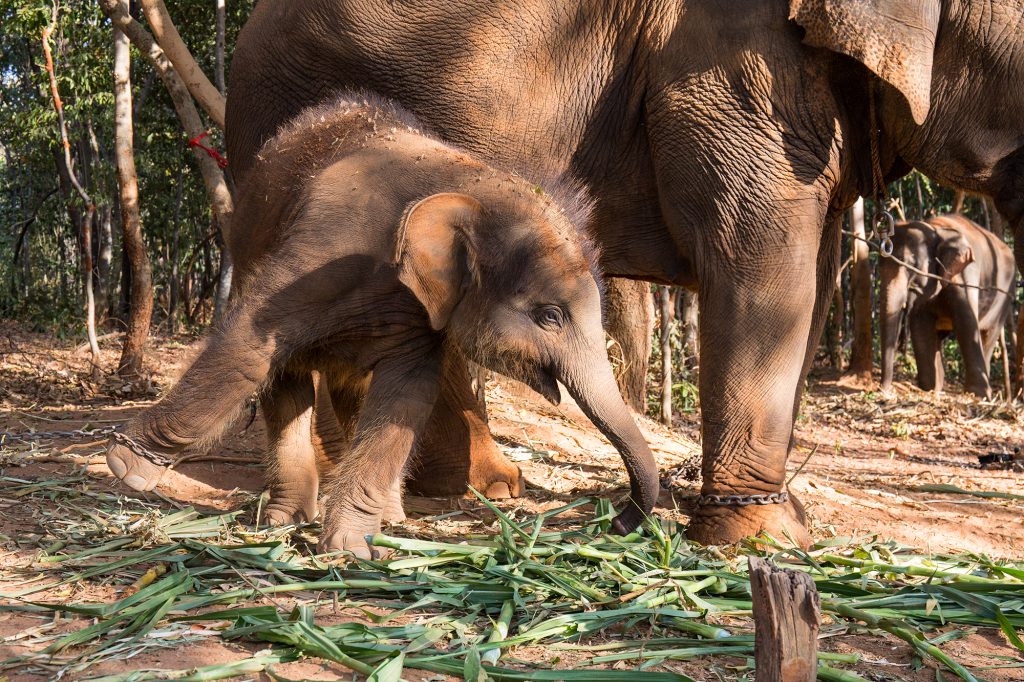
IMAGE: Baby Anda is one of the first elephants born at the Surin Project. In this picture, she and her mom were chained while waiting for us to build a fenced place for them to roam freely without chains. | © Déa Starlling
An Eye-Opening Encounter
Upon my arrival in Baan Tha Klang – locally known as “the elephant village”– I was baffled. At every corner, elephants were burdened by a heavy load of tourists riding on their backs. Lifeless bodies, laden by smiling faces. Deep scars lined the wrinkled skin of the elephant’s heads. The desolate look in their eyes is something I will never forget. My childhood dream of encountering these gentle giants was shattered. In its place came an inevitable feeling of sickness. A repulsion and disappointment at the sight before me. I felt powerless and helpless. These animals belonged in the wild. And I was unable to release them.
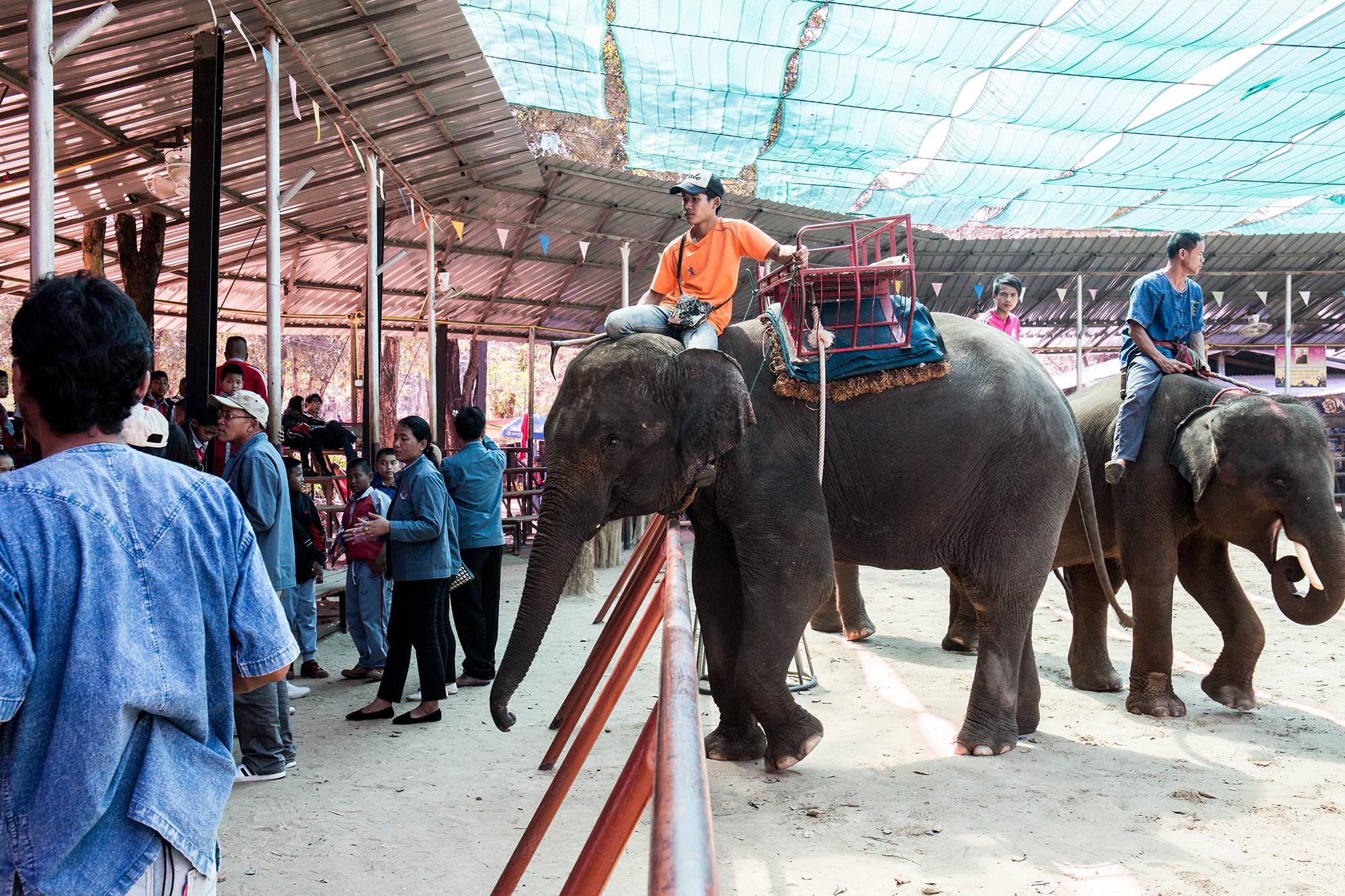
IMAGE: Elephant circus with daily performances at Ban Ta Klang village. After the shows, elephant rides are available for all kids and tourists. | © Déa Starlling
An Endangered Species
Historically, elephants have faced numerous challenges in Asia. Among other problems, they have been forced to fuel an insatiable logging industry, exploited in warfare, poached for their ivory, and are still used as cash-machines for tourism.
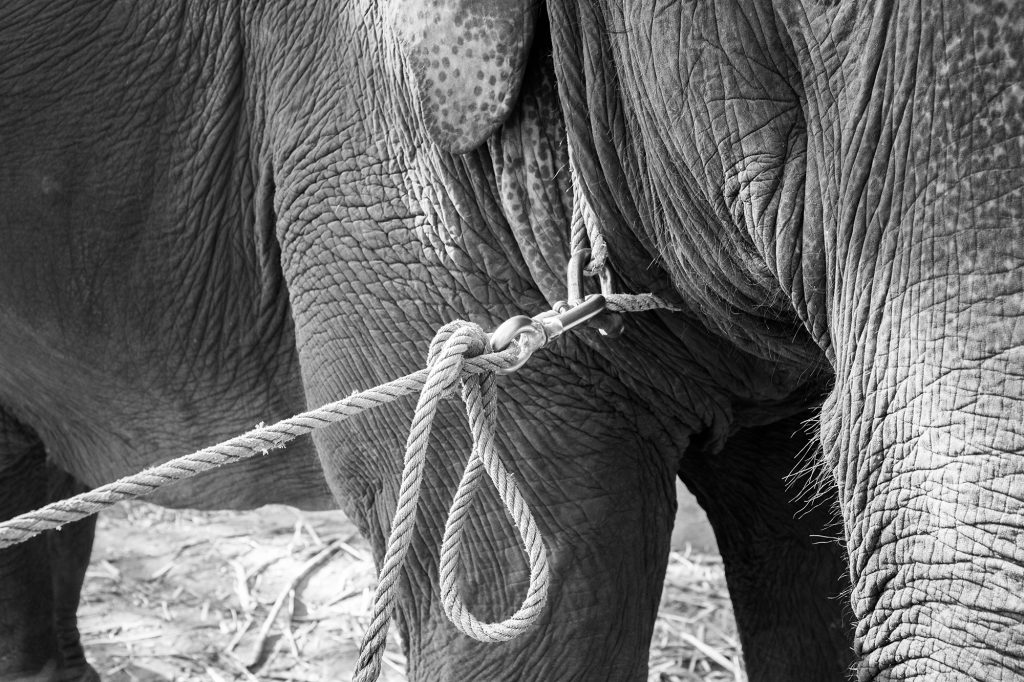
IMAGE: Chained elephant at Ban Ta Klang. When they are not working, the elephants are chained by the legs and neck without being able to move. | © Déa Starlling
Besides these problems, deforestation and a resulting lack of food have continued to degrade the elephants’ chances of survival. In 1900, it is estimated that around 100,000 elephants were present in Thailand. A century later, this number has drastically decreased. Now deemed an endangered species, there are currently less than 2,000 elephants left in the wild.
Aside from government action and regulation, a change of scenery highly depends on the demand from tourists. This is where The Surin Project comes in.
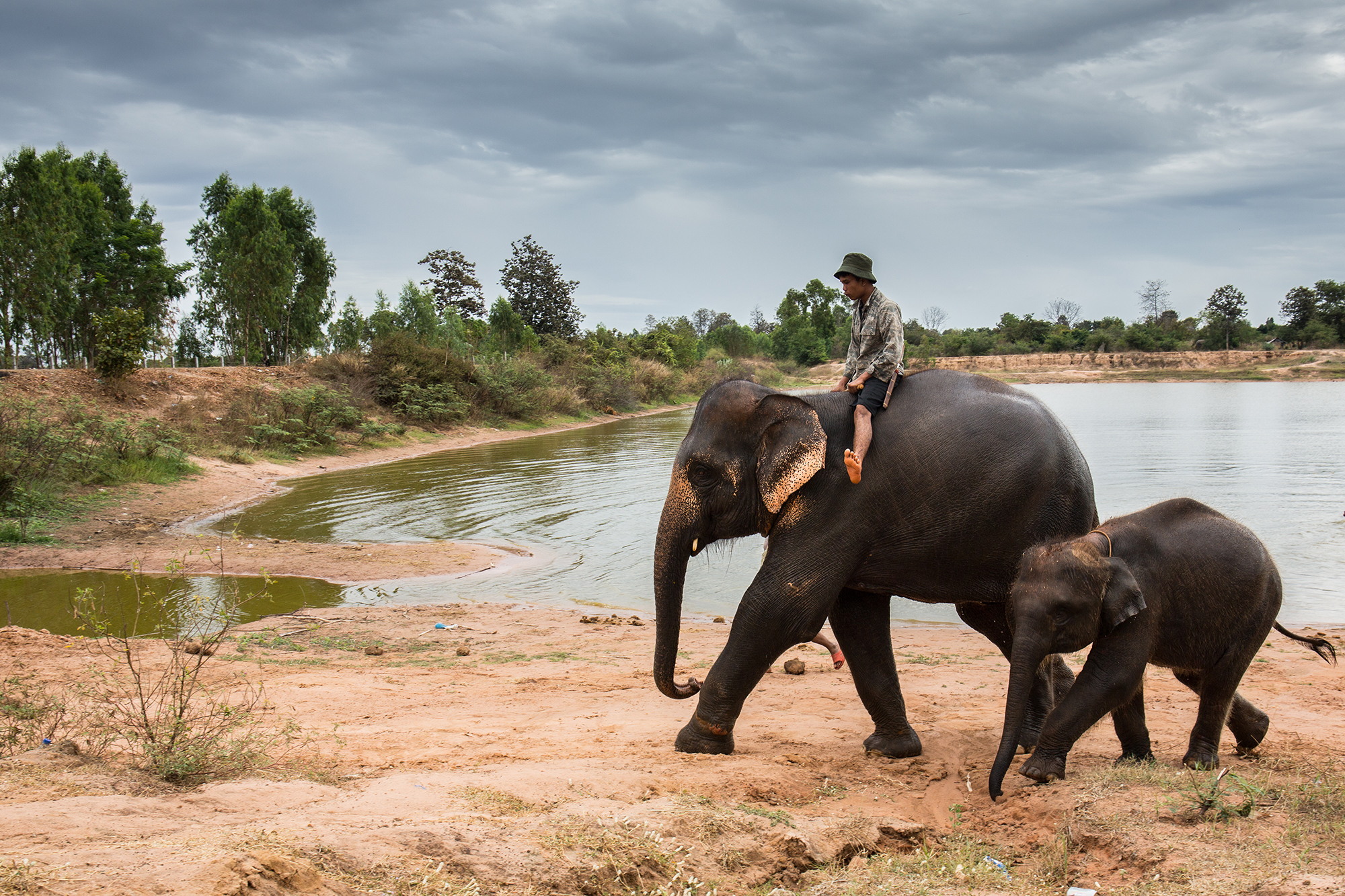
IMAGE: Mahout taking his elephants to bathe in the river. This is part of the Surin Project’s activities to improve the lives of the elephants. | © Déa Starlling
The Surin Project
By virtue of The Surin Project, elephants whose lives entailed performing in shows or hauling backbreaking tourists are now given a chance. The sanctuary enables the gentle giants to take long walks during the day, bathe in the river and play in the mud. Essentially, they are allowed to behave like elephants, instead of being deprived of their natural instincts.
All of this is made possible with the help of volunteers, who pay to work on the project. Tasks involve cleaning the elephants’ sleeping and eating dens, cutting sugar cane, feeding the elephants, planting trees, building shelters and play-areas. Helping stray dogs in the region is also an important task. Lastly, volunteers also work with “mahouts” to support them in any duties they may need help with.
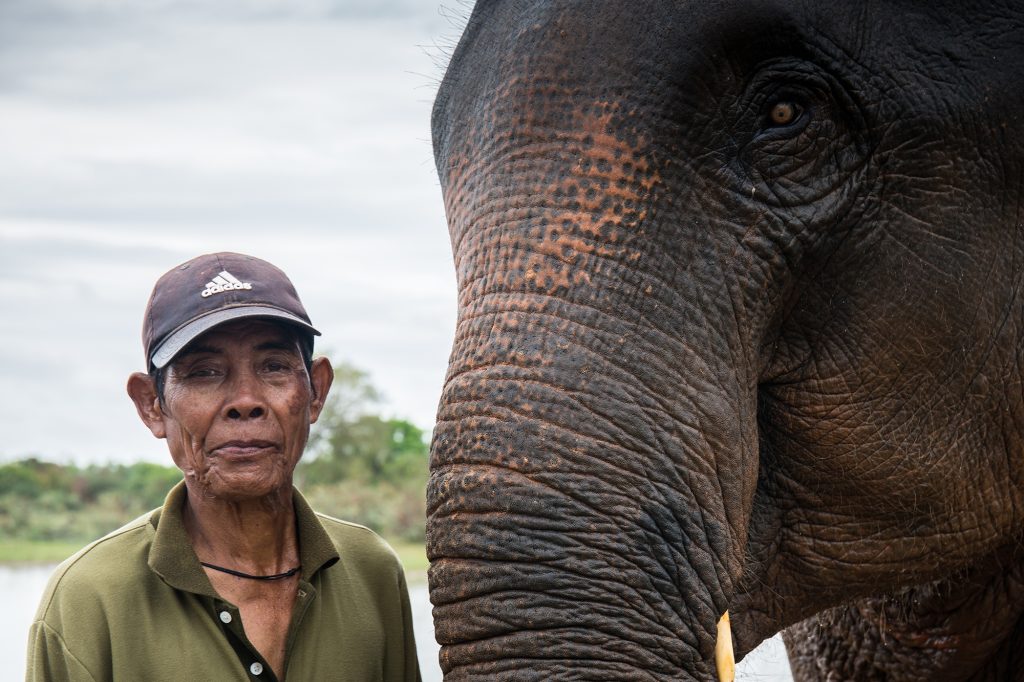
IMAGE: Mahout and his elephant posing for pictures. The Surin Project also aims to improve the lives of the mahouts, by providing them with an income, without the need to harm an animal. They appreciate this initiative and they really enjoy the presence of volunteers. | © Déa Starlling
Working with the Mahouts
The goal is to demonstrate to the mahouts that people are willing to help them, while observing elephants in a natural setting. The Surin Project works hard to provide tools to adapt the mahouts’ husbandry methods to consider the elephants’ welfare.
Working alongside the mahouts was a challenge at first. As a conservationist, I was unable to ignore the fact that they had performed the “Phajaan” on these gentle and loving animals. The “Phajaan” is a barbarous method, intended to break a young elephant both physically and mentally. The “training” process lasts approximately seven days. Throughout, an elephant calf is exhaustively tied up. Unable to sit or lay down, the calf is brutally whipped and beaten with a bull hook and sticks for the duration of a week. I cannot fathom the cruelty and torture that these calfs must endure.
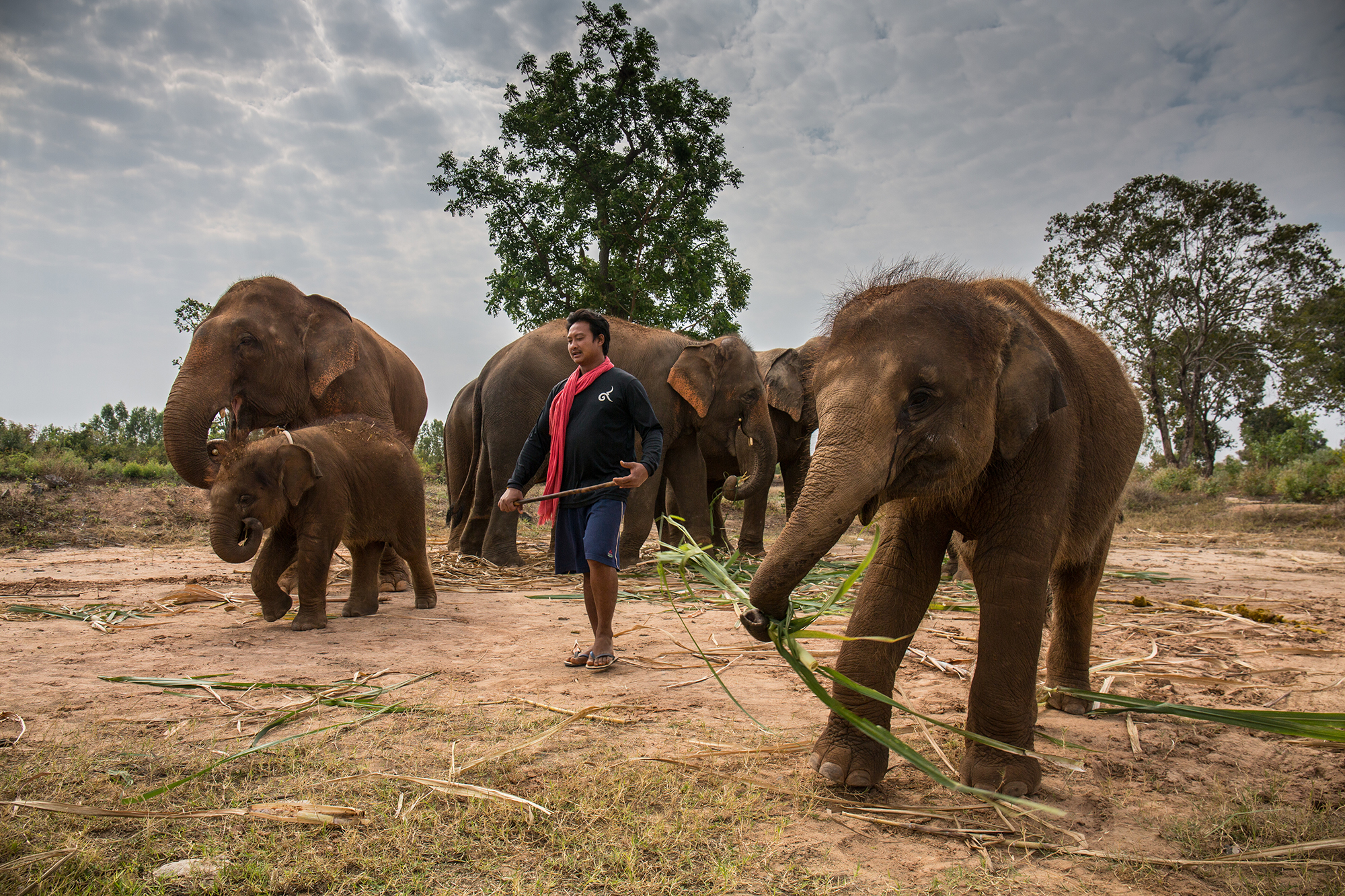
IMAGE: Once a day, all elephants part of the Surin Project go for a long walk with all the mahouts & volunteers. | © Déa Starlling
My perspective about mahouts was challenged upon meeting their coordinator, Sarot. His love for elephants undeniably shone through. I felt immense relief upon questioning him about the “Phajaan”. Following my inquiry, he simply replied that he would never be able to perform such cruelty on an animal. Throughout my stay, there were multiple times when I caught him petting and talking to the elephants, feeding them cucumber, caring for their well-being, and helping stray dogs in the area. Sarot opened my mind by inviting me into his world. As a result, this changed the direction of my photography. I strived to capture compelling images of the connection between mahouts and the elephants. To portray how The Surin Project was having a positive impact on both of their lives.
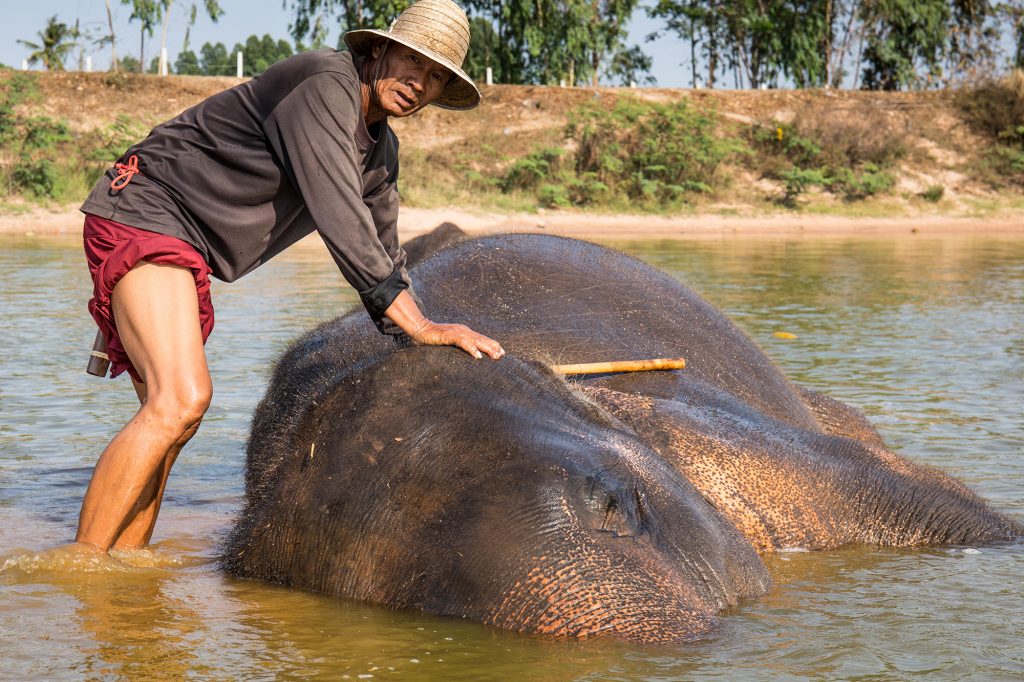
IMAGE: The elephants are also scrubbed and bathed to get rid of dirt and parasites. | © Déa Starlling
A Bittersweet Ceremony
To make matters worse, more than three journalists were documenting the ceremony for local TV channels. Filmmakers, with colossal cameras followed us throughout the entire procession. Speedlights blinded us, as they continuously flashed. I felt discomfort, unease and anxiety running through my veins. This intensified, as I imagined the horror that the elephants must have felt in that moment.
At the end of the procession, the elephants were positioned side-by-side, while the mahouts fiercely posed on top of them. Suddenly, one of the elephants startled, standing up on its hind legs. I will never forget the piercing sound of the mahout’s bull hook, as he whipped it out and started forcefully beating the elephant’s head with all his strength. Instantly, I had tears in my eyes. But more so, I was completely shocked. Did a Buddhist ceremony not intend to promote peace and positivity? While celebrating a religious holiday, unimaginable cruelty and pain echoed in the sacred temple. I escaped to my room, unable to bear witnessing the suffering of this poor creature any further.
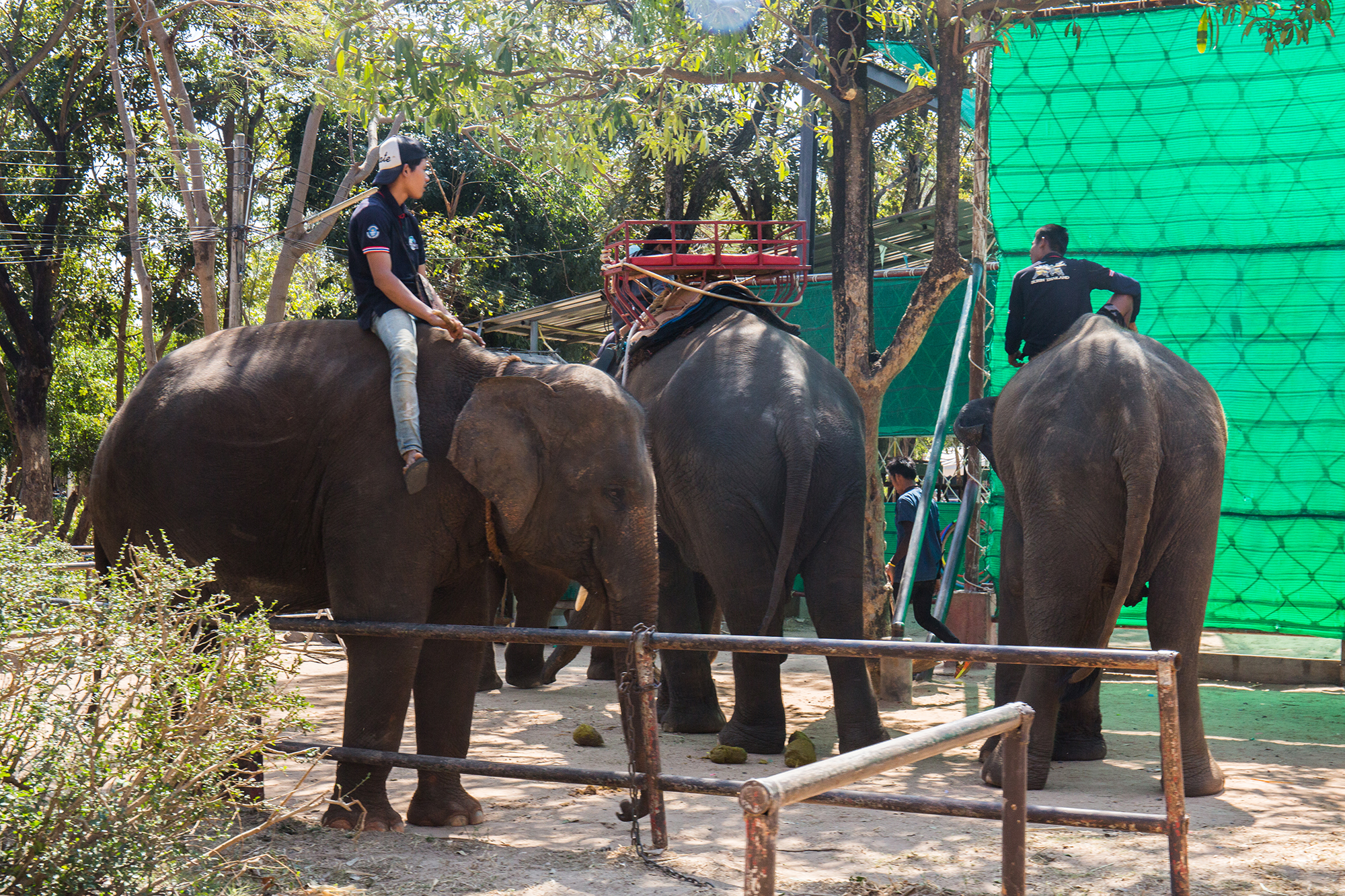
IMAGE: Elephants waiting for their turn to perform at the circus. | © Déa Starlling
The Future of Elephant Conservation
Besides changing local perspectives, tourism and the media also play a significant role in financing the continued exploitation of elephants. As long as there is a demand for elephant rides and shows, locals will continue forcefully taking them from the wild to use them as a working tool.
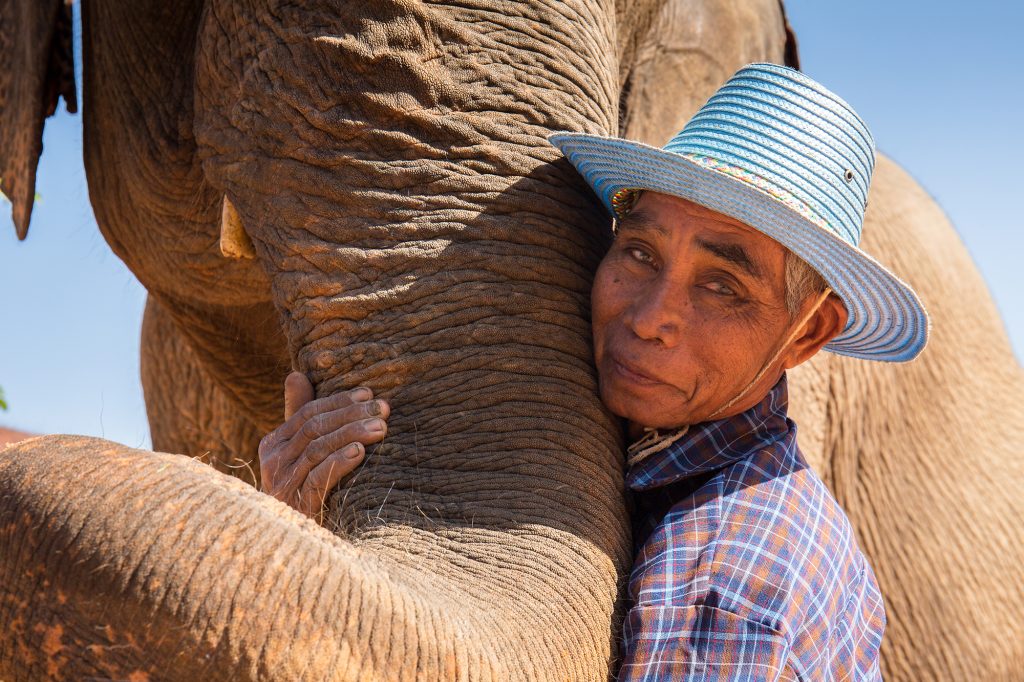
IMAGE: Another portrait of a mahout and his elephant. This shows they really care about the animals. Yet, since childhood, they were taught to use them as a working tool. | © Déa Starlling
At the end of my journey in Surin, I learned that we need to see both perspectives of the problem before passing ultimate judgement. To get to the root of the problem, instead of providing a band-aid solution. The tradition of elephant rides is passed from father to son due to a lack of alternative opportunities. By helping the community, we can help elephants. And with that, we create a perfect balance between humans and nature.

GESCHRIEBEN VON
Déa Starlling
Déa Starlling is a biologist, freelance wildlife photographer and loves to write about her adventures in nature. She has been working in wildlife photography since 2013, after years of supporting rehabilitation of rescued wild animals in Brazil.
Sitz in Deutschland | www.deastarlling.com

EDITIERT VON
Lana Tannir
Lana Tannir ist die Gründerin und Redakteurin von Creatives for Conservation. Als professionelle Landschafts- und Wildlife-Fotografin und Filmemacherin hat sie sich auf Natur- und Tierschutzprojekte spezialisiert. Mit ihren Geschichten möchte sie den globalen Wandel fördern, indem sie das Bewusstsein schärft, die Bildung vorantreibt und die Menschen zum Handeln inspiriert.
Sitz in Deutschland | www.lana-tannir.com.com
Unseren Geschichten folgen
Melden Sie sich an, um weitere Geschichten über den Schutz von Natur und Wildtieren zu erhalten.
Weitere Stories entdecken
Entdecken Sie weitere inspirierende Geschichten, die von unseren kreativen Naturschützern geschrieben wurden.

Amazonas des Nordens
Der Great Bear Rainforest ist vielen Umweltbedrohungen ausgesetzt. Die Abholzung der gemäßigten Regenwälder, der Bau von Fischfarmen und Pipelines, kommerzieller Heringsfang im Frühjahr und die Trophäenjagd sind nur einige davon. Fotograf und Kameramann Niklas Weber dokumentiert die Herausforderungen dieses Ökosystems und erläutert mögliche Lösungen.
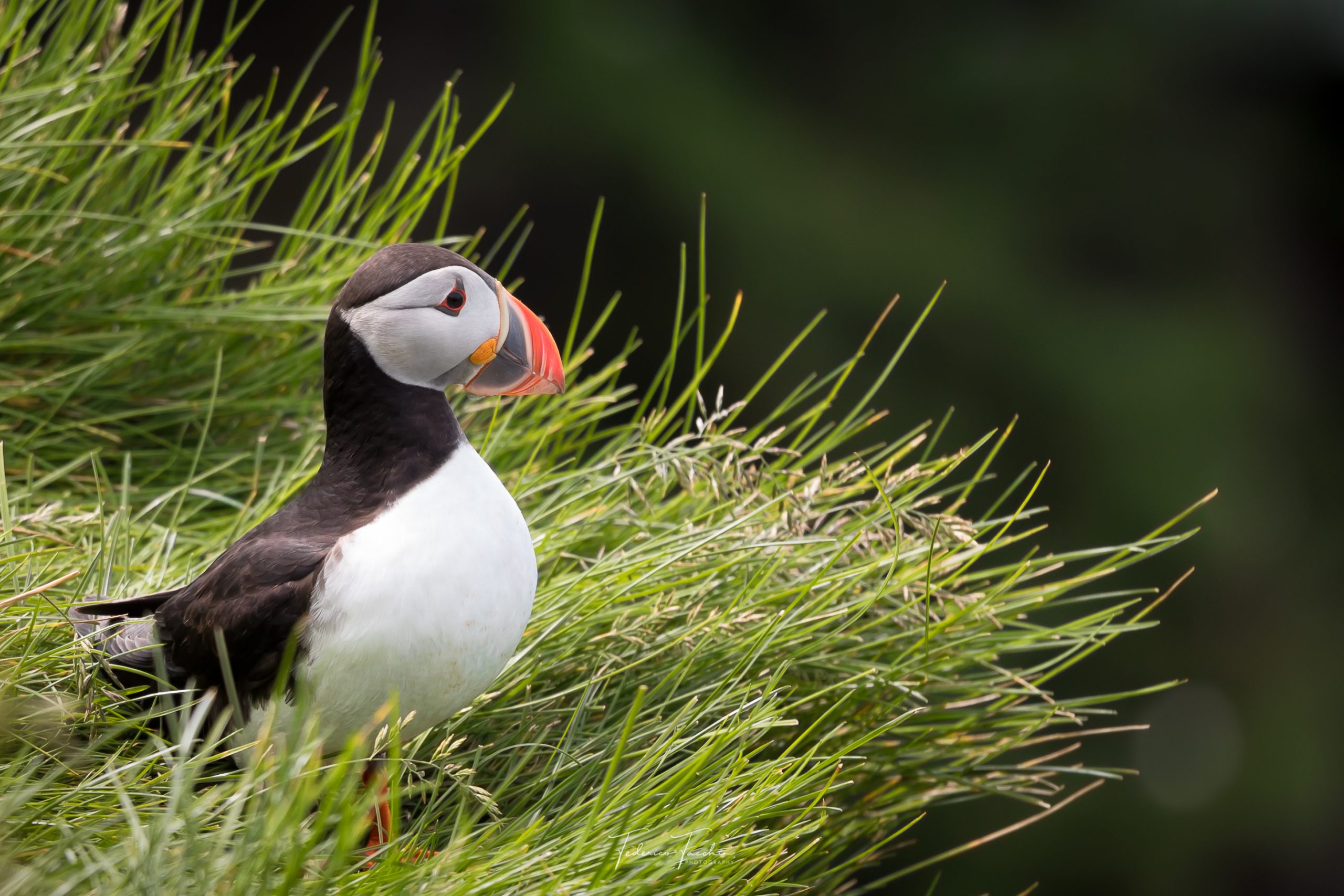
On the Brink: Atlantic Puffins in Iceland
While not considered an endangered species, Atlantic Puffins are nevertheless facing numerous challenges in Iceland. Overfishing, pollution, climate change and even hunting have led to a population decline by 45.6% between 2003 and 2017. Marine biologist, science teacher and photographer Federico Facchin shares his encounters with this species and discusses the need to protect them.
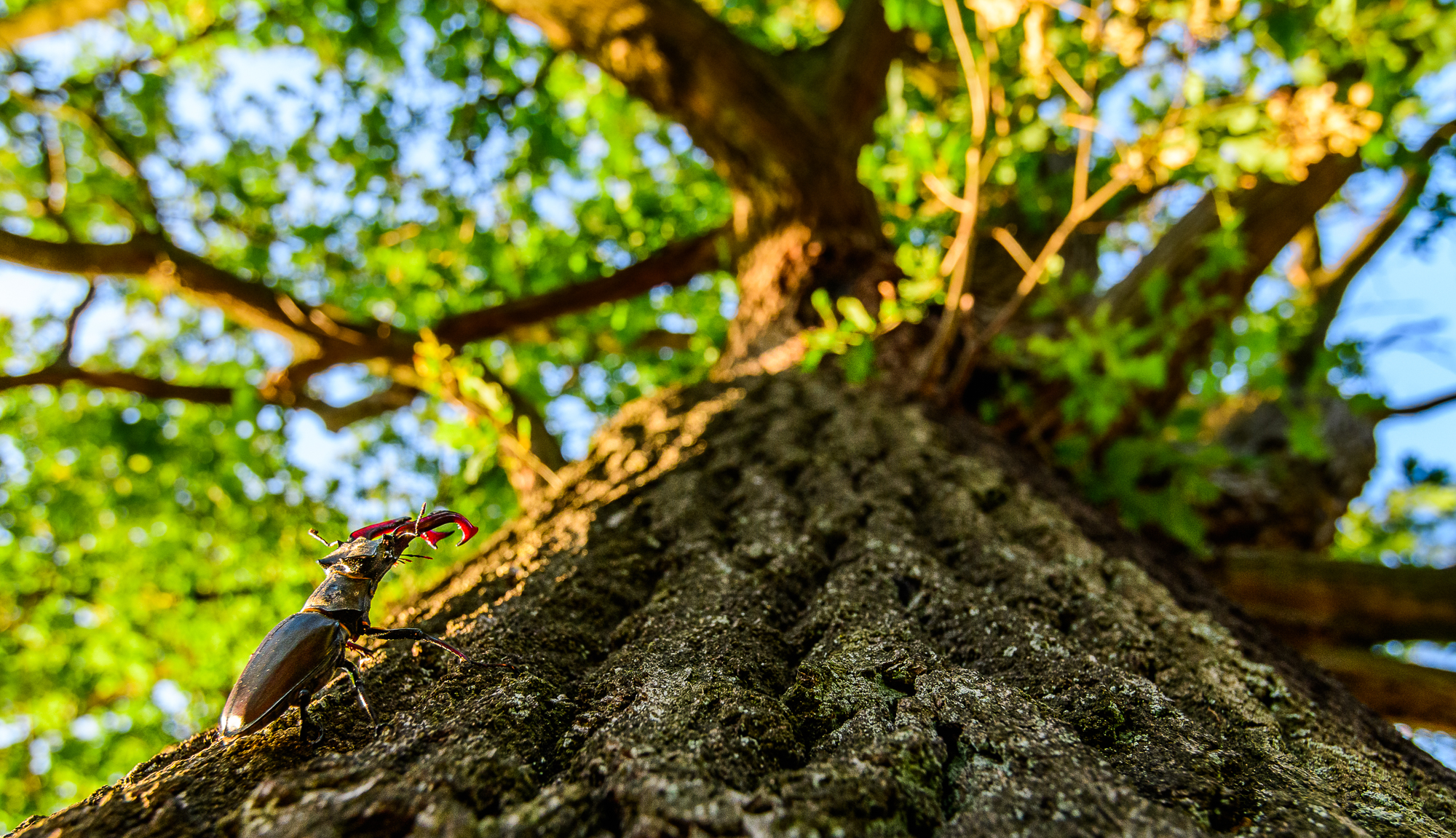
Conservation of European Forests
European forest ecosystems face various threats. Many of them originate from the management and exploitation systems in the past. However, numerous solutions are being applied in the current day to establish a balance between forestry and biodiversity. Ecologist and photographer Jeroen van Wijk reveals the challenges and solutions to conserve these forests.
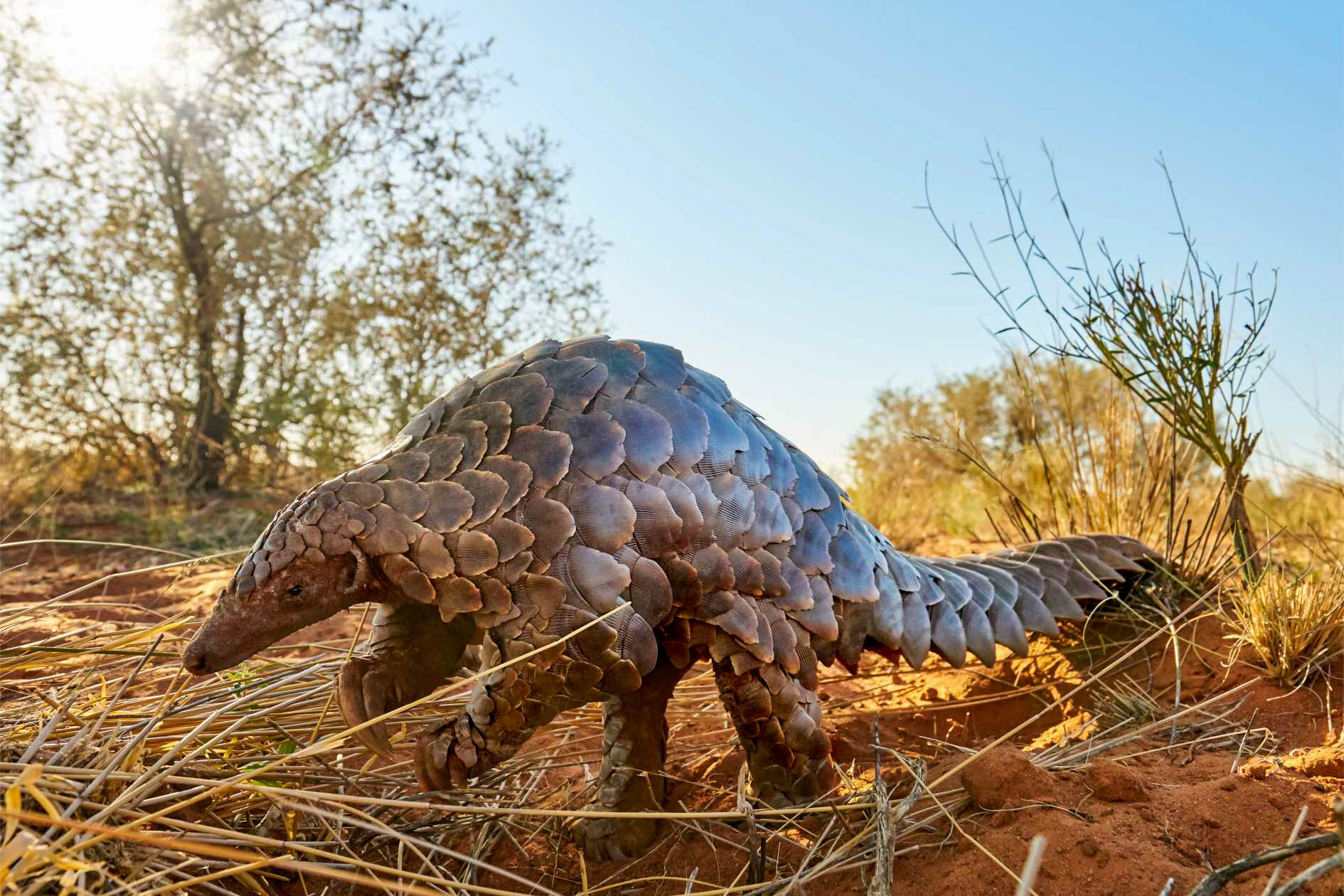
Saving Pangolins with Wild & Free
As the world’s most trafficked animal, the pangolin is a victim of horrendous injustice and cruelty. A pangolin is poached every 5 minutes, while 125,000 pangolins are illegally traded each year. Staggered by this statistic, Geraldine Morelli supports pangolin conservation, rehabilitation and release in Asia and Africa with her UK-based charity Wild & Free.
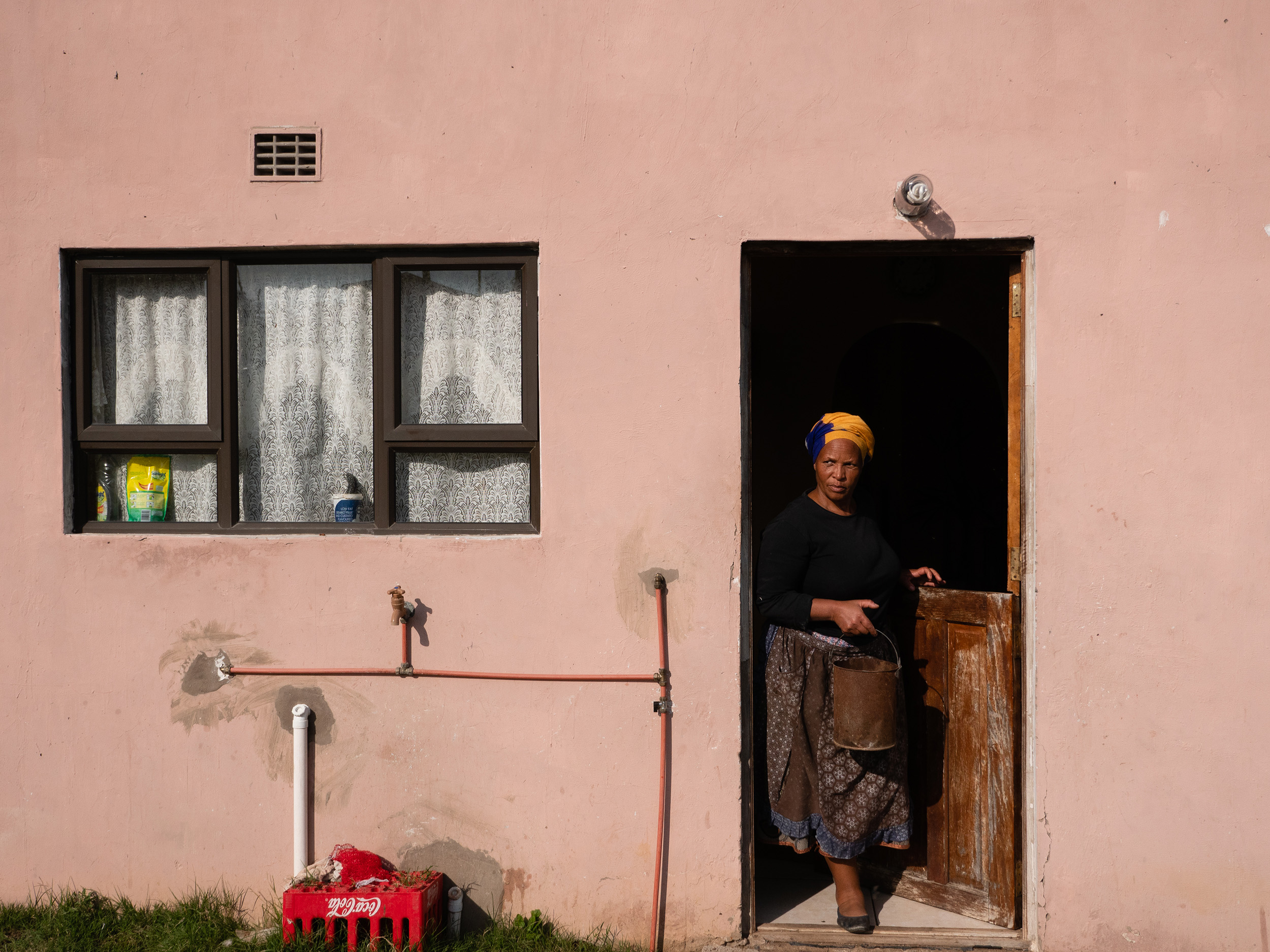
Seeds of Hope: Rural Women’s Assembly
The Rural Women’s Assembly links rural women together in a network all-over southern Africa. The aim is to advocate for them on a political level and train them in various fields. With the introduction of GMOs to South African farming, RWA has been an advocate for local farmer support, fair treatments and going back to local traditions of seed banks and agroecological techniques. Photographer Reto Steffen explores this initiative.
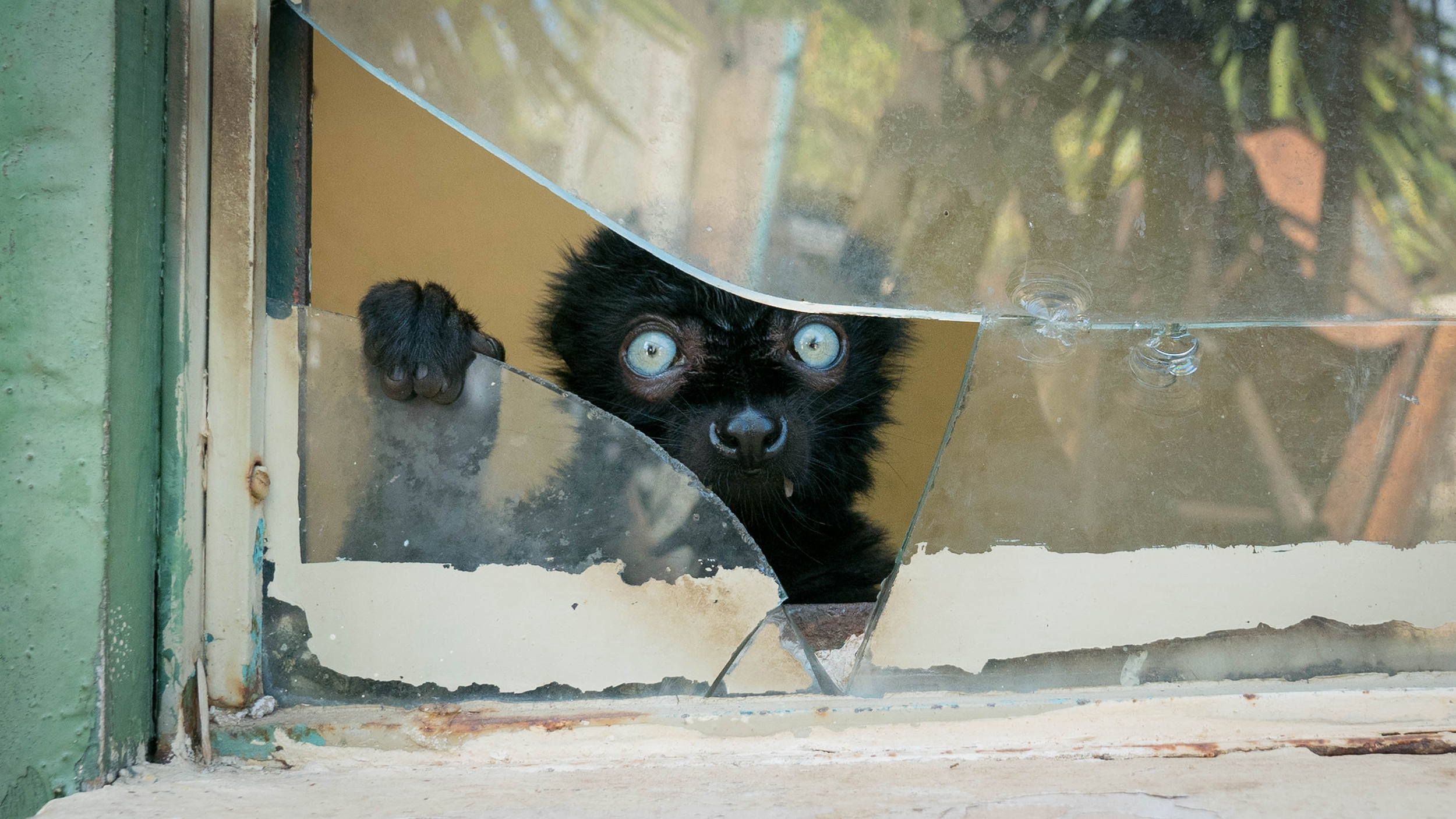
The Mad Dogs of Madagascar
Recent findings have determined that 90% of Madagascar’s lemurs are endangered. Besides forest degradation, the population is also affected by non-native, invasive predators. Dogs and cats enter the forests in search of food, thereby damaging the fauna and killing endangered wildlife. Conservation photographer Patricia Seaton unveils an innovative project by Mad Dog Initiative, which strives to resolve this issue.
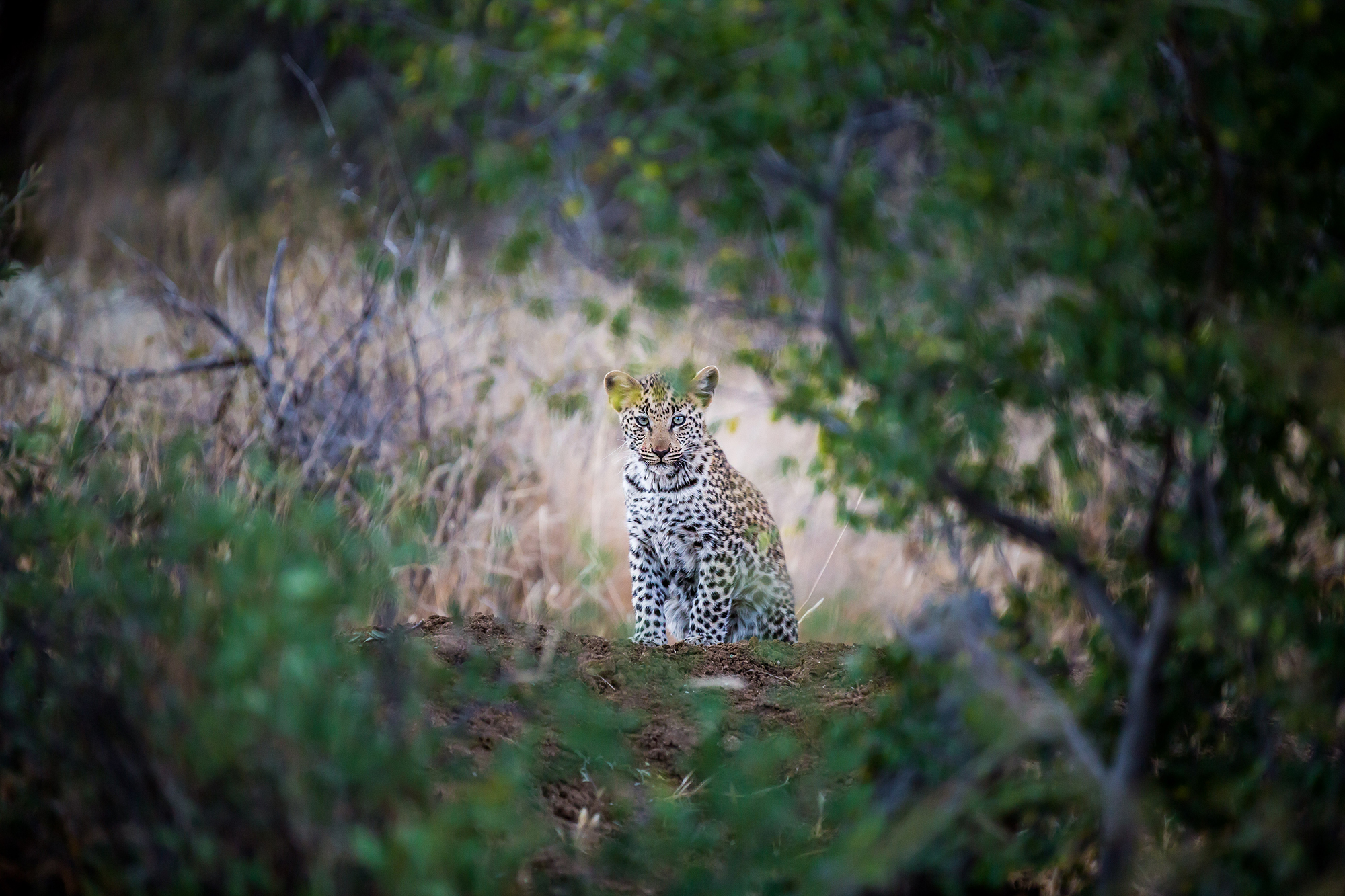
Wildlife Conservation in Namibia
The majority of African species are under threat of extinction. The human-wildlife conflict, illegal poaching and trafficking, as well as lack of education are just some of the causes. Nature photographer, Romain Charrier explores the challenges of big cat conservation, as he embarks on a journey to Namibia in collaboration with the AfriCat Foundation.
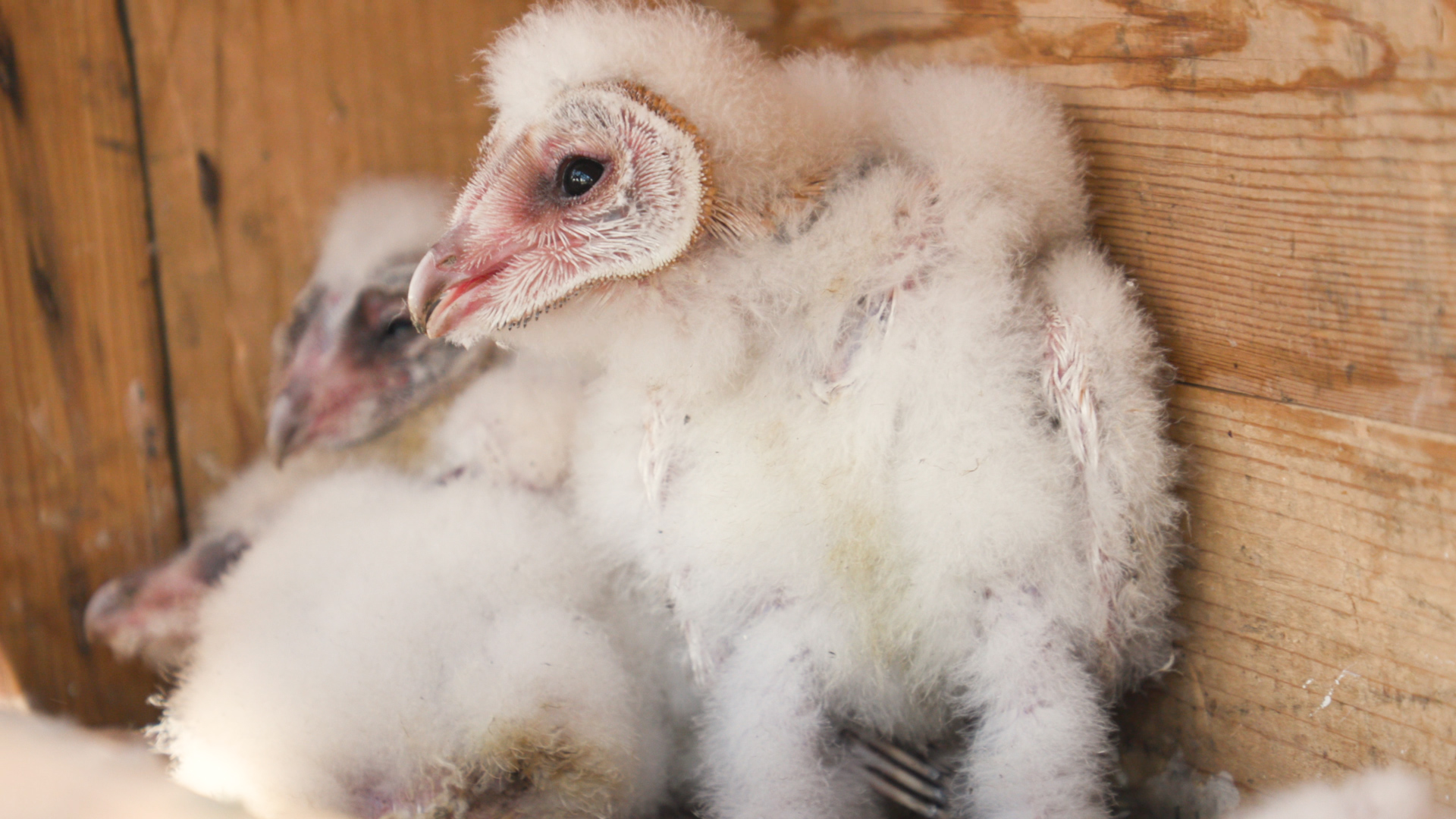
Life in the Buffer Zone
Deneia is one of four villages located in the buffer zone in Cyprus. Near the village, a prehistoric settlement contributed to the rapid growth of a rodent population. These rodents afflicted the community in agricultural and livestock work, as well as being a source of infection and disease. Yet, the community discovered a sustainable, natural way to control the population.
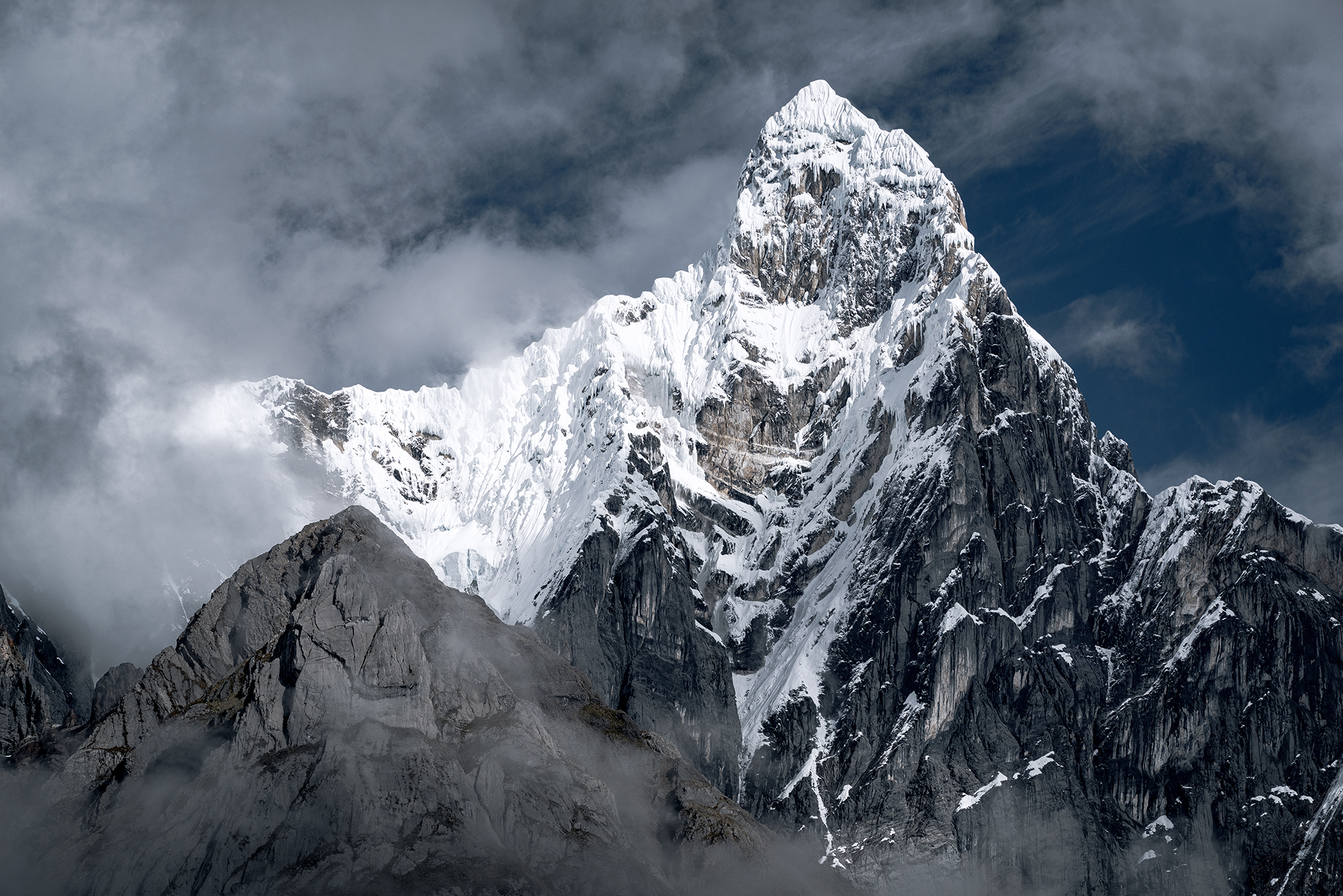
The Darkest Hour
Conservation storyteller and alpinist, Luca Fontana, explores the disappearance of glaciers on his most beloved mountains. Shining a light on climate change, he illustrates that there is still hope to make a difference through immediate and collective action.
